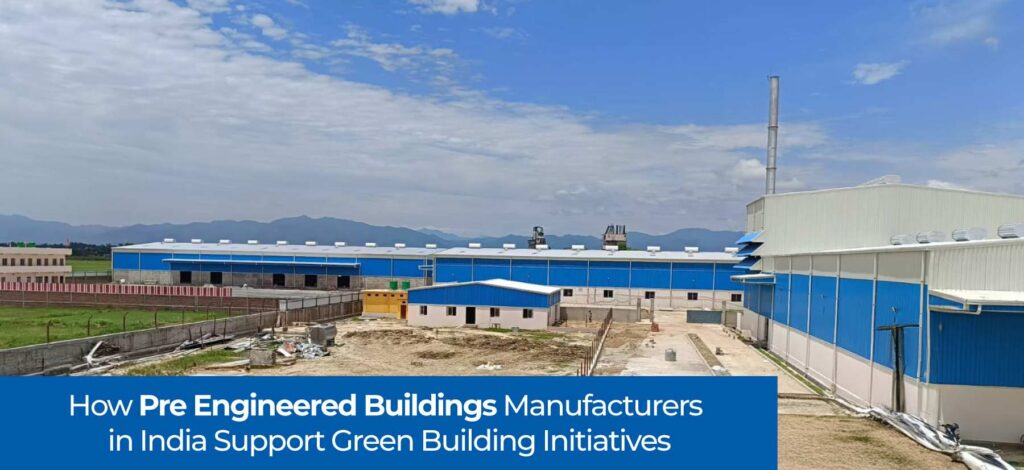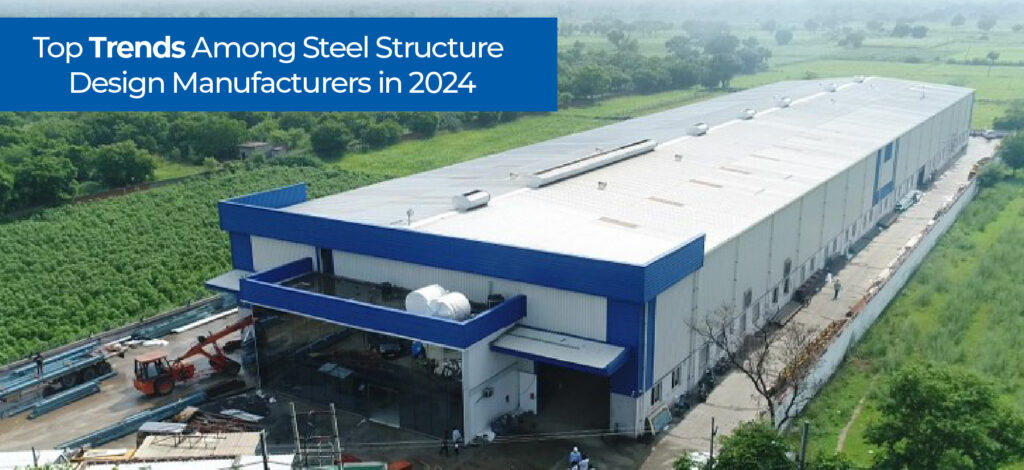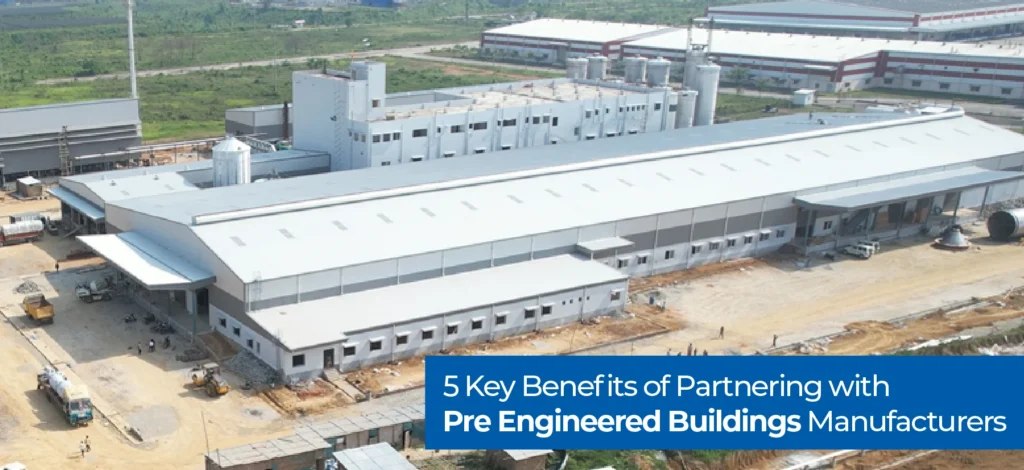How Pre Engineered Buildings Manufacturers in India Support Green Building Initiatives
When you think of “green buildings,” gleaming glass skyscrapers or futuristic eco-homes might come to mind. But did you know that pre-engineered buildings (PEBs) play a key role in sustainable construction? With construction needs soaring, especially in a rapidly developing country like India, finding a green alternative to traditional methods is no longer a luxury—it’s a necessity. And that’s where pre engineered buildings manufacturers in India step in. What Makes PEBs Different in the Green Arena? Here’s the deal: traditional building methods can be wasteful, from energy-intensive processes to excessive raw material usage. Pre engineered buildings manufacturers in India, however, focus on efficient, modular designs that use fewer resources and leave a lighter footprint. Instead of starting from scratch at the construction site, manufacturers work with pre-fabricated parts, cut precisely to order. The steel, structural components, and other parts arrive ready to be assembled, reducing onsite work, waste, and energy use. It’s like comparing a handcrafted sculpture to a puzzle with each piece pre-cut to fit perfectly. One major benefit here is reduced construction time, which minimizes the environmental impact in terms of noise pollution, dust, and waste at the construction site. The faster a building goes up, the fewer disturbances to the surrounding area, which is a big win for the environment. Plus, the overall efficiency results in savings for clients and a more sustainable process for the planet. A Sustainable Choice for Building Material Pre engineered buildings manufacturers in India often choose steel as their primary material. But here’s why that’s good news for green building initiatives: steel is highly recyclable. When you construct a PEB, you’re using a material that can be melted down and reused, practically indefinitely. This circular nature of steel makes it a favorite in the world of green building. Unlike concrete, which is limited in recyclability, steel can be salvaged, reprocessed, and returned to the building industry again and again, helping India’s green initiatives flourish. Not to mention, the steel industry in India has been making strides in reducing energy consumption and CO2 emissions, aligning with global sustainability goals. By partnering with pre engineered buildings manufacturers in India, companies not only get robust structures but also contribute to reducing their carbon footprint. Smart Insulation and Ventilation Another aspect that makes PEBs a hit in the green building scene is their potential for energy efficiency. Since these buildings are designed with precision, manufacturers can incorporate energy-saving features right from the blueprint stage. Pre engineered buildings manufacturers in India are increasingly integrating smart insulation and ventilation systems. What this means is simple: once constructed, PEBs can maintain a comfortable indoor temperature without the need for excessive heating or cooling. This doesn’t just make PEBs great for the wallet—it’s a win for the environment, too. Energy-efficient insulation and ventilation mean less reliance on artificial climate control, which can significantly cut down on energy consumption and reduce the building’s carbon footprint. Less Waste, More Reuse Traditional construction often results in material wastage, from leftover bricks to unused concrete, which is either disposed of irresponsibly or recycled with high energy costs. By contrast, pre engineered buildings manufacturers in India work with exact measurements. Every beam, plate, and panel is pre-cut to precise specifications, leaving little to no material waste. Even if there’s extra material, it’s typically stored and reused rather than thrown away, which aligns with the zero-waste goals of green initiatives. Moreover, because PEBs can be easily disassembled, they offer flexibility for future use. If there’s a need to move or redesign the building, its components can be reused elsewhere rather than demolished, an option nearly impossible with traditional brick-and-mortar constructions. Water Conservation Construction processes require a significant amount of water, especially when concrete is involved. But pre engineered buildings manufacturers in India are moving away from the wet construction methods that guzzle up water. Since PEBs are fabricated off-site and primarily use steel, they require far less water. That means these structures aren’t just saving on energy—they’re conserving water resources, too. This water efficiency adds yet another layer to the green profile of PEBs, making them a practical choice in regions facing water shortages. Plus, by reducing dependency on water-intensive methods, manufacturers help lessen strain on India’s water resources, a crucial element in any sustainable initiative. India’s Green Future India has ambitious sustainability goals, and the construction industry is no small part of the equation. By partnering with pre engineered buildings manufacturers in India, businesses across industries are contributing to a greener future. Whether it’s a warehouse, an office, or an educational institution, PEBs support the shift toward greener cities, where resource efficiency and eco-friendliness become the norm rather than the exception. And let’s be real—green is not just about aesthetics or “doing good.” Sustainability is quickly becoming a business imperative. Organizations adopting green building practices, especially those involving PEBs, are likely to enjoy enhanced brand reputation, better customer loyalty, and even government incentives. It’s a win-win all around. The Role of Technology in Green PEBs Technology is another ally here. With advances in design software, pre engineered buildings manufacturers in India can simulate structures before construction, predicting and optimizing energy consumption, materials, and costs. This level of precision not only reduces waste but also results in structures that perform efficiently over their lifespan. Innovative software also allows manufacturers to experiment with different sustainable materials, improved insulation solutions, and solar-ready designs. Yes, PEBs can even incorporate renewable energy systems like solar panels, pushing their green credentials even higher. With the right tech, manufacturers can craft buildings that go beyond basic sustainability to create self-sustaining or even energy-positive structures. PEBs as a Green Solution for All Industries From warehousing to retail, hospitals to educational institutions, pre engineered buildings manufacturers in India are making it clear that green isn’t just a trend—it’s here to stay. And with the versatility of PEBs, they’re positioning themselves as a sustainable solution that’s both scalable and adaptable. If you think about it, this shift isn’t just beneficial for the environment; it’s



